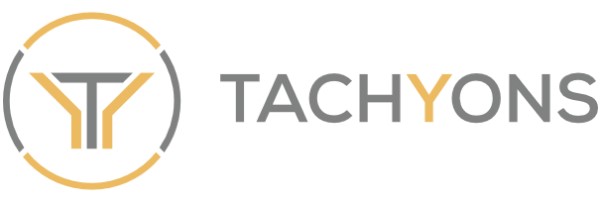Meeting prospects earlier on (4 advantages)
Many companies invest almost all their marketing budget in online ads, like at Google or LinkedIn. The aim then is to lure people to their own website and get them to fill in a form or contact sales department there.
In our opinion, you are making it unnecessarily difficult for yourself by doing so. If you only target people who are searching on behalf of their organisation, you will miss opportunities. More proactive marketing and sales activities have some very big advantages.
Recent research* by McKinsey indicated that orientation to new suppliers may be an entirely digital (impersonal) process for 34% of companies. Halfway 2020, that was ‘only’ 22%
Not only with prospects, also with customers
Incidentally, things are not much different with existing customers than with prospects. After all, in many cases the prospects are also already customers elsewhere…
Once companies think they have a solvable problem, they start looking for information independently and consulting with colleagues and peers before contacting a (potential) supplier.
Natuurlijk wil je graag in contact zijn met prospects waar NU een commerciële kans is. Naturally, you would like to be in contact with prospects where there is a commercial opportunity NOW. But your prospect (or customer) meanwhile also has knowledge of, and perhaps contact with, competitors of yours.
The downside of reactive marketing
By presenting (advertising) your solution to people who are already searching, you have more competition. Prospects increasingly tend to prefer to explore new solutions by themselves. So they go looking for information from various potential suppliers without contacting them.
Proactive instead of Reactive
We prefer to approach prospects proactively. We would rather go hunting than fishing (read our article on this).
When you go fishing, you choose to be reactive, to wait for the prospect to get hungry, only to hope he chooses your bait, on your hook.
We prefer to take a proactive approach. We engage (e.g. via LinkedIn) with all interesting fishes in the pond. We ask what food they like, why they like it and where they normally get it.
We then tell you the pros and cons of the different choices he/she has and how those choices can help you move forward, with less risk. Finally, we ask when the choice will be made and at what point it would be convenient to have a face-to-face meeting.
You are starting to see it, aren’t you? This is exactly what we do for our clients. For them and on their behalf (from his or her LinkedIn profile), we engage with their prospects. We get feedback from them, tap into latent needs and add depth to their orientation and choice process.
The main advantages of this approach are
1. Feedback from all prospects, including those not yet searching
2. Less competition because they are not yet orienteering
3. More influence on buying arguments people factor into choice
4. More awareness in target audience and greater reach for LinkedIn content
Fair is fair, this does take time, but often we do score a lucky lead (a prospect who happens to be orientating). It is an investment with multiple returns: leads, contacts, insight and reach into the target audience.
This approach has another advantage 🙂 You can outsource it, for example to our Social Runner service, without losing the personal touch. Want to know how? Then read on to SocialRunner.nl (B2B leads) or contact me. We are happy to help. Good luck!
Connect with me on LinkedIn, then immediately expand your (search) network !
